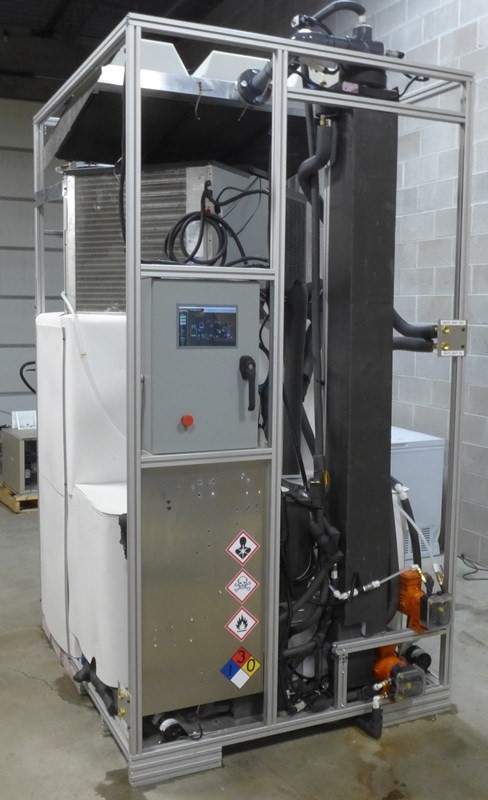Project Info
COMPLETE
 Project Title
Project Title
 Project Title
Project Title
ReBound Thermal Energy Storage
Project Number ET15SCE1230 Organization SCE End-use Process Loads Sector Commercial Project Year(s) 2015 - 2017Description
This devices refrigeration technology utilizes water in an ionic, time delayed, freeze-point suppression cycle to provide -35C cooling to freezer environments while consuming 45% less electricity than conventional vapor compression systems. Incorporating embedded energy storage tailored specifically for freezer applications enables the use of water-based storage materials, 40°C industrial waste heat and off-peak electricity to offset retail freezer loads. Efficiency and energy storage benefits enable foodservice, food processing and retail facilities the opportunity to reduce their refrigeration costs by as much as 65% through a 45% reduction in total electrical purchases and time-of-use (TOU) rate arbitrage.
Project Report Document
Loading PDF Preview...
